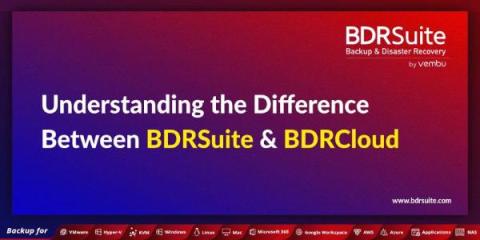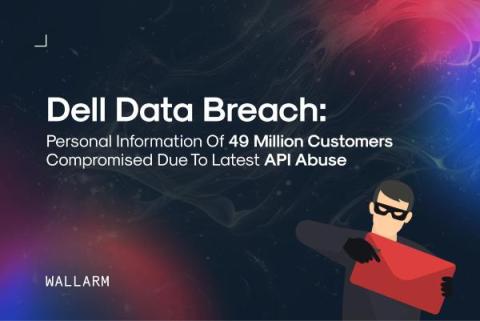Understanding the Difference Between BDRSuite and BDRCloud
When it comes to backup and disaster recovery, Vembu offers two robust solutions: BDRSuite and BDRCloud. While both are designed to deliver comprehensive protection for your data, they cater for different deployment preferences. BDRSuite and BDRCloud are cost-effective and comprehensive backup and disaster recovery solution offering.











